Errol Airfield has been chosen for a new state-of-the-art research facility to test secure communications.
The total investment in the Errol optical ground station is around £1.1 million.
An optical ground station (OGS) is like a large telescope, allowing researchers to communicate via satellites.
Dr Ross Donaldson from Heriot-Watt University, who led the site proposal, explains: “An optical ground station is essentially the same tool that people use for astronomy, like a big telescope.
“The only difference in the purpose we’re using it for, is rather than putting on a nice camera to take images of stars, is to put on different sensors to do communications instead.”
The OGS will arrive in Errol in November this year and will be used for quantum secure communications.
What are quantum secure communications?
Quantum is a way of sending information, just like through fibre optic internet.
Small, single quantum particles contain encoded information. They share encryption keys, digital signatures and other secure information.
Current methods of sharing quantum communications is by cables, which limits the distance and speed the information can travel.
By using satellites, quantum communications can travel securely all over the world.
This will help overcome the threat of cyberattacks, as it enables secure transmission of information.
How does the optical ground station work?
The Errol OGS will use a reflective 70cm telescope to track low-Earth orbit satellite paths with high precision.
Both the satellite and the OGS will use laser beacons to accurately point towards each other.
Once they precisely align, they can start quantum communications.
While the Errol OGS will be operational in November, the satellites it will be communicating with are due to be launched in 2023 and 2024.
However the researchers can do testing and calibration from day one.
The facility will be developed as part of the Quantum Communications Hub project.
It aims to deliver quantum security at all distances scales and will support future research and development missions.
The Errol OGS project is a joint venture between Hub researchers at Heriot-Watt University and Dundee Satellite Station.
What does this mean for Errol?
Perth-born Dr Donaldson is happy the OGS is going to Errol and Tayside.
“As a person who’s been through the education system and universities in Scotland, it’s great to go to Edinburgh and then bring some science back to the local area,” he says.
He expects the research facility to bring a buzz to Tayside.
Errol Airfield was originally used to test radars during World War Two. Now it will carry on as a quantum communications test site.
“Hopefully it’ll inspire more students to study STEM subjects and bring a lot of people from abroad to the area,” says Dr Donaldson.
“The Errol OGS will be the main bit of equipment in the UK to do this research for quantum communications in space.
“But the capability of the telescope and the OGS allows us to do so much more.
“We’ll be able to do our own stuff and host other people, so we can facilitate other research.
“This facility will help local universities and industrial partners working in the space sector as well.”
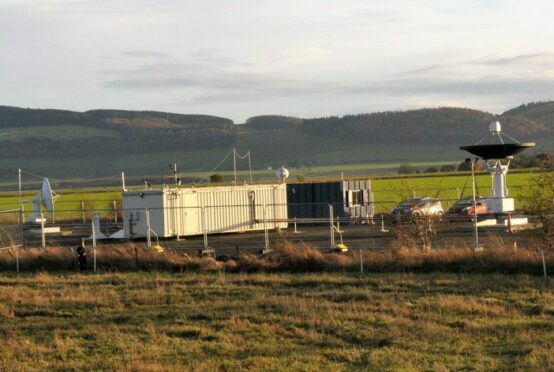
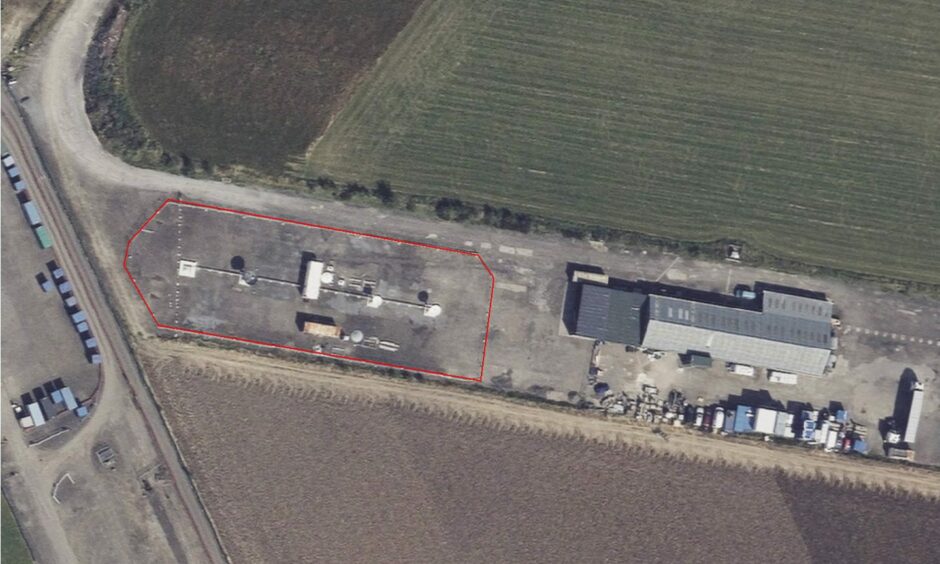
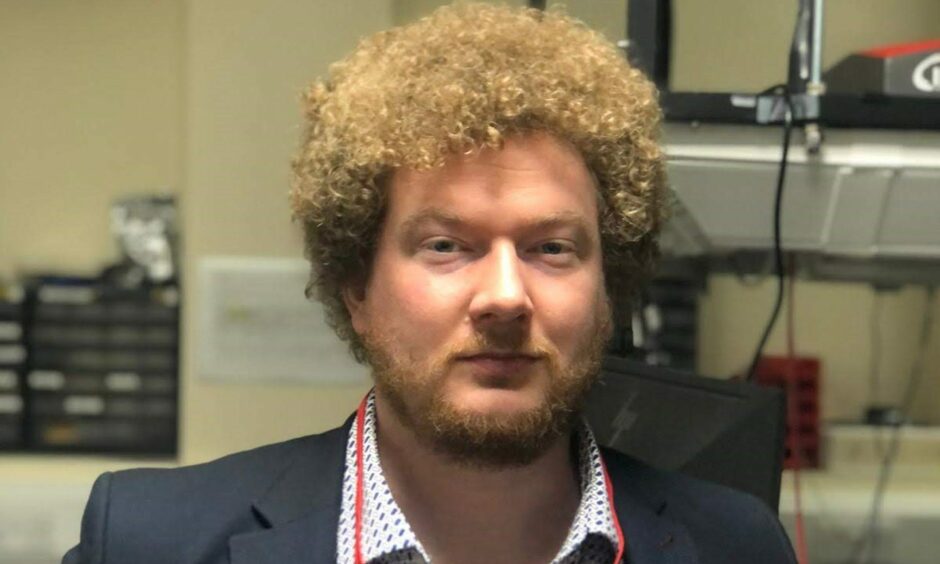
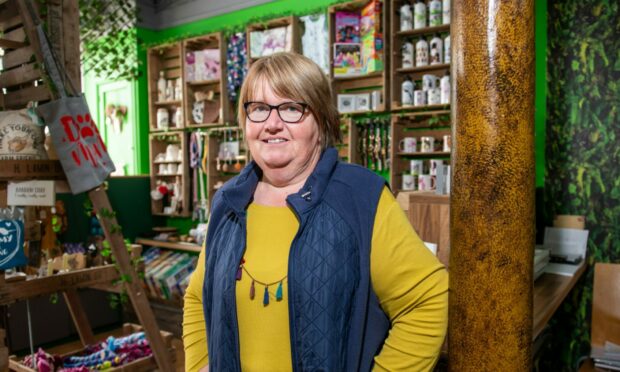
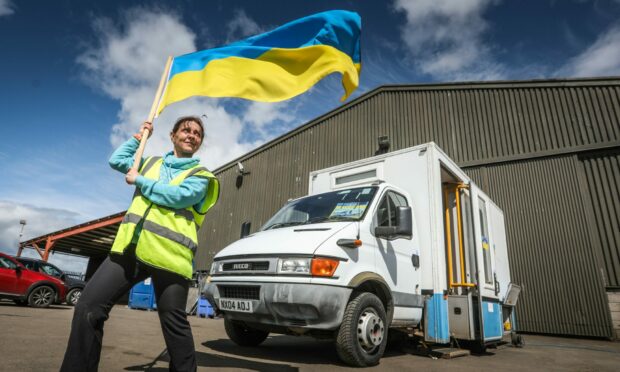
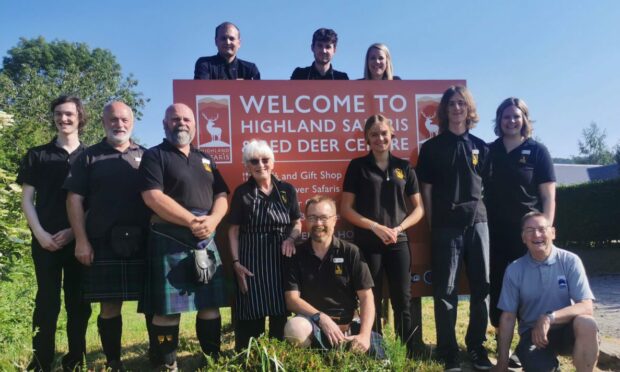
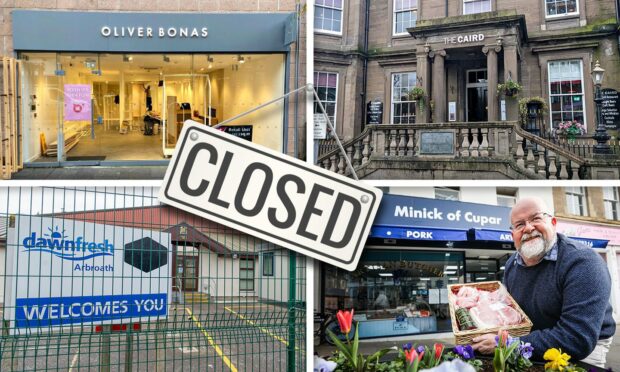
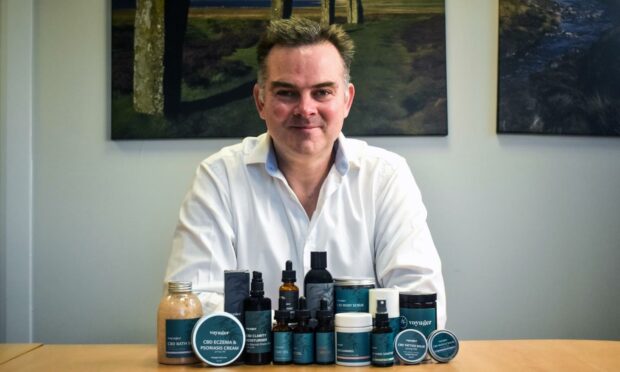
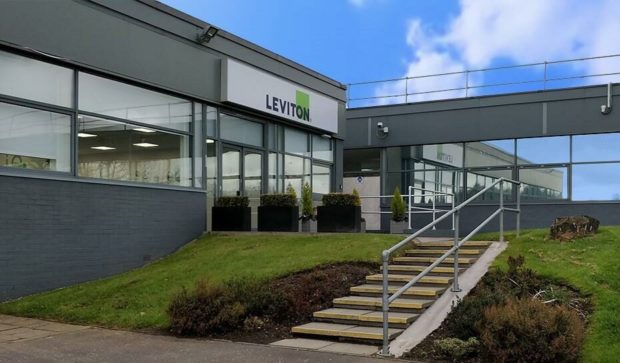

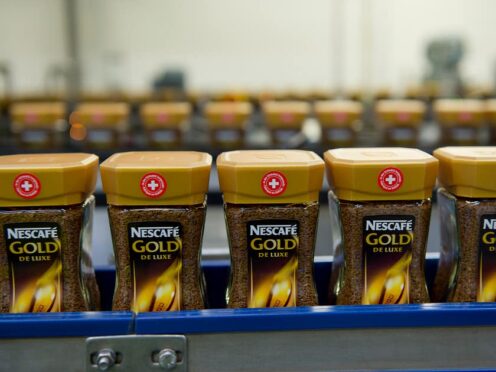
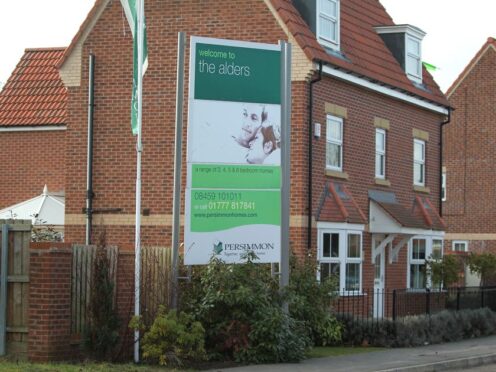
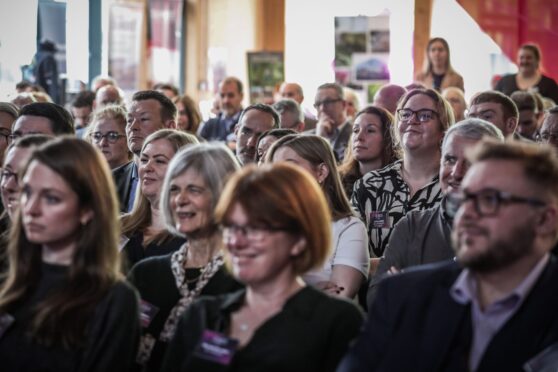
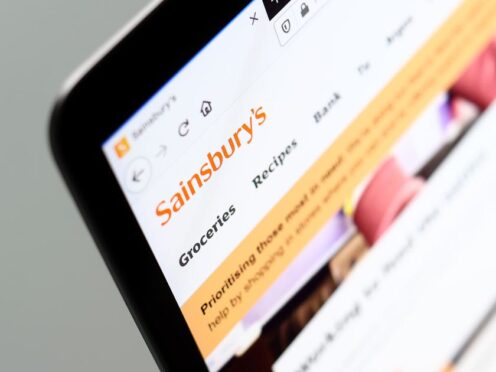
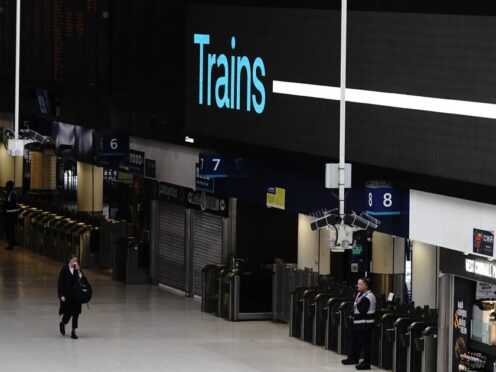
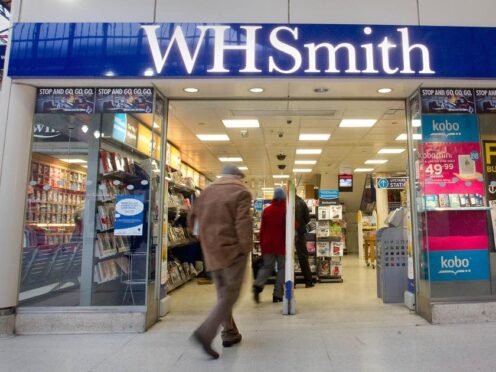
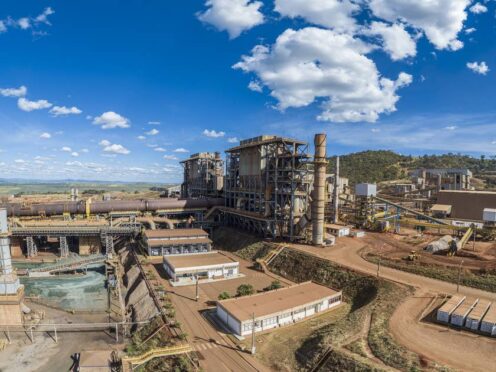
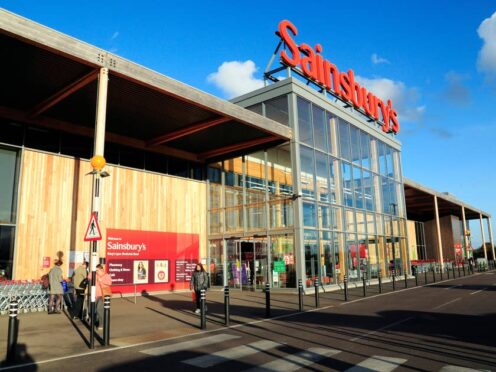
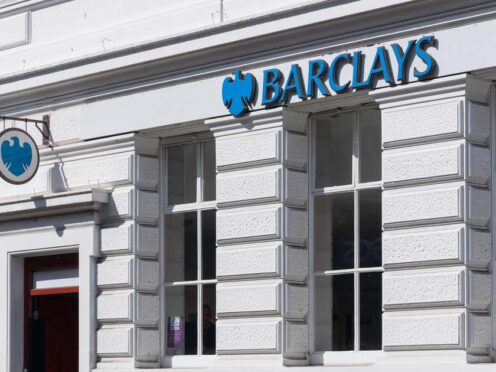
Conversation